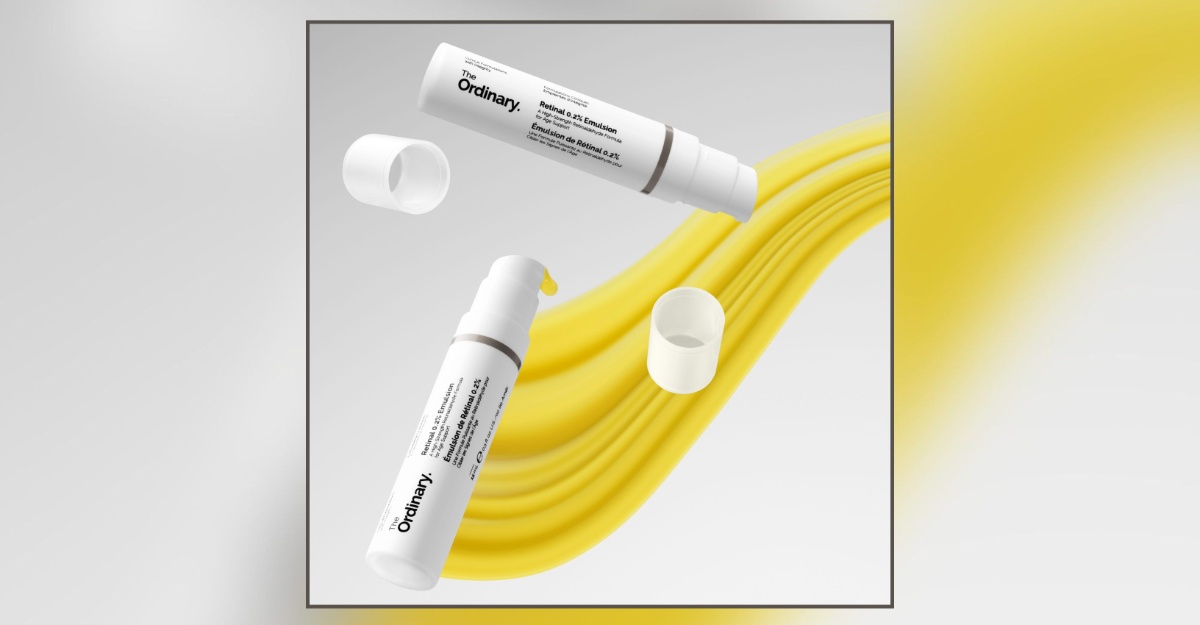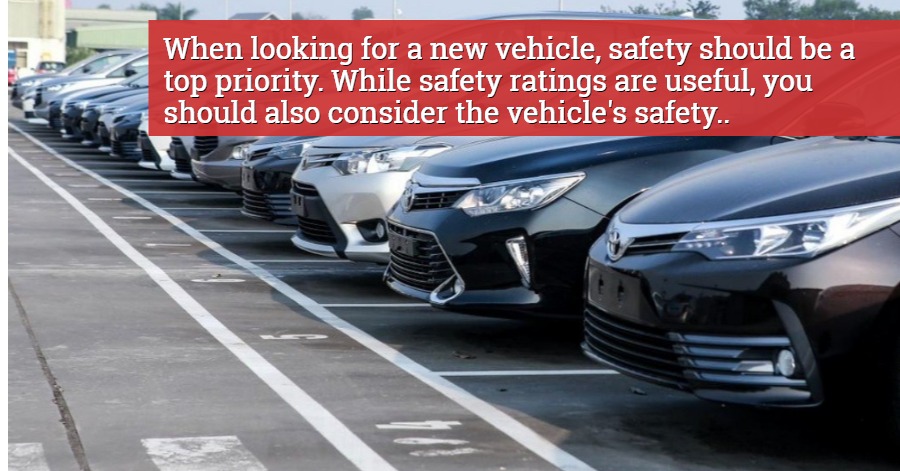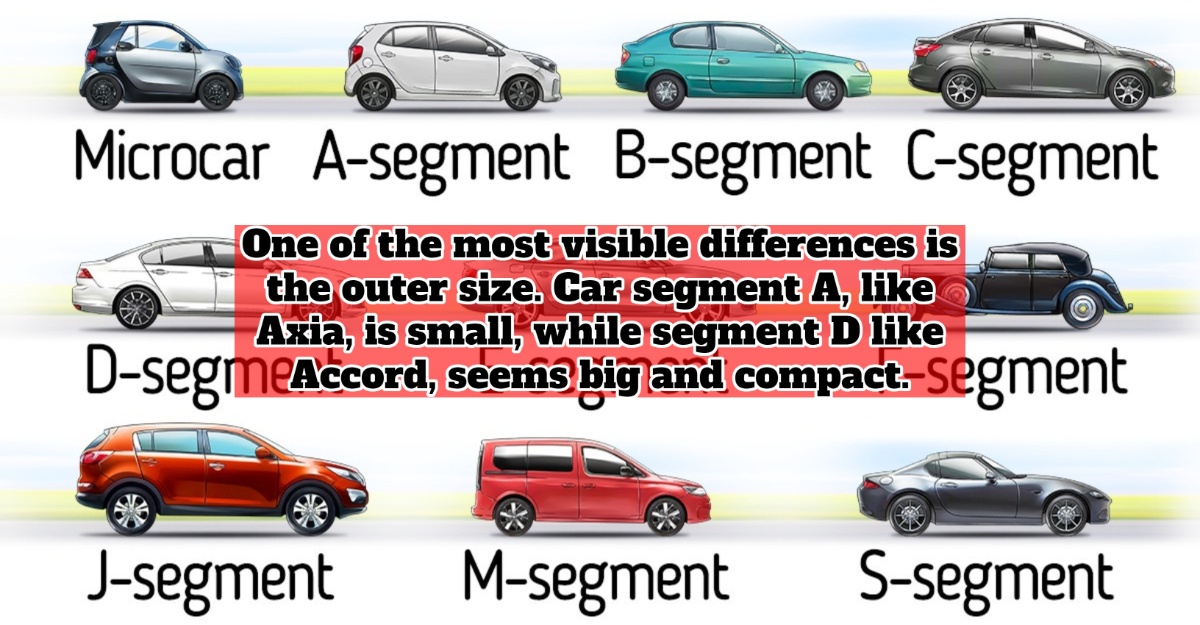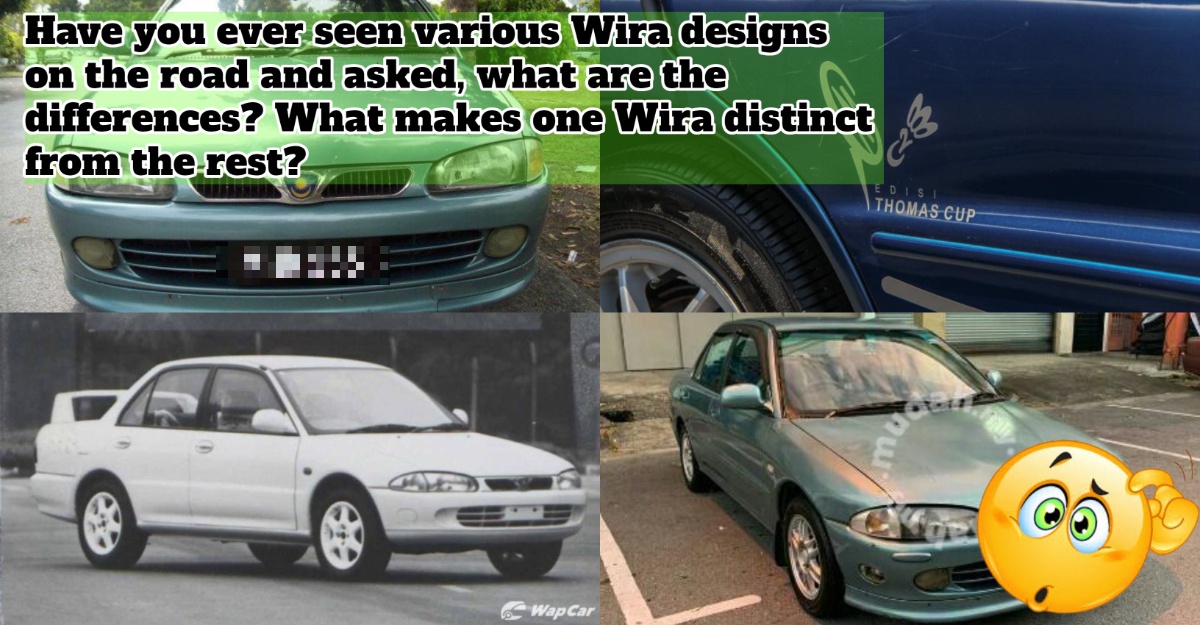Most automotive safety measures have been established for decades to reduce significant injury or even death in the event of an accident. With recent advancements in auto safety technologies, the emphasis is quickly shifting to avoiding accidents before they occur.
When looking for a new vehicle, safety should be a top priority. While safety ratings are useful, you should also consider the vehicle’s safety features. When choosing the perfect car for your needs, knowing what safety features to look for and how they work is critical. Here are some safety features to look for in your future vehicle.
1. Forward collision warning
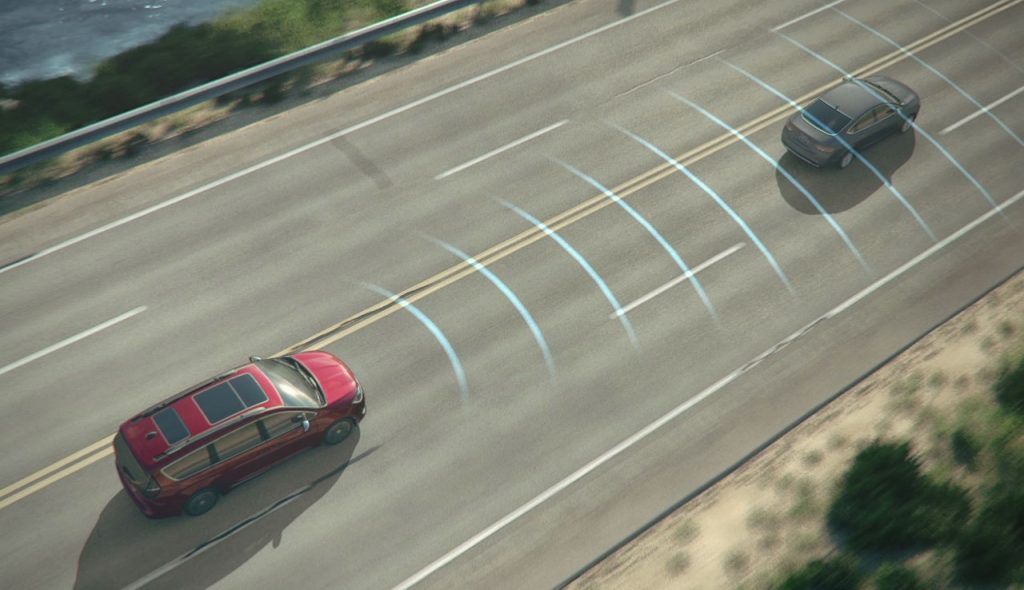
Picture: Stellantis Blog
When you come up behind a car (moving or stopped) too quickly, the forward-collision warning system identifies it. When the system detects an impending accident, it emits a warning alarm, instructing the driver to apply the brakes and/or take evasive action.
2. Automatic emergency breaking

Picture: Fix Auto
To compensate for delayed reaction times, this potentially life-saving technology applies the brakes automatically when it detects a high risk of an accident. Automatic braking, which is frequently combined with a forward-collision warning system, is expected to become standard equipment on most automobiles and light trucks in the next few years. Pedestrian or other item detection is included in some systems.
3. Blind-spot monitoring

Picture: Motor Trend
Another common cause of serious car accidents is blind areas. This new safety function scans the vehicle’s rear corners that are just out of the driver’s line of sight on a continuous basis. When it senses a vehicle approaching the area, it illuminates the side mirrors to alert the driver.
4. Lane-departure warning with lane-keeping assist
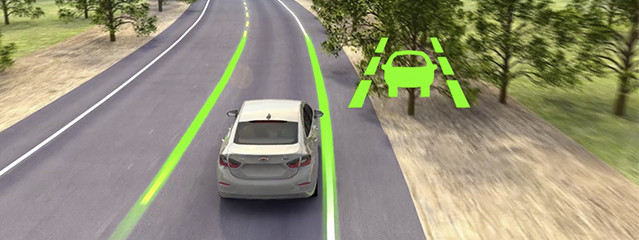
Picture: Wards Intelligence
When the car begins to stray into another lane, a lane departure safety function tracks its position and automatically sounds a warning – either a beep, vibration, or visual indication on the instrument panel.
When activated, this feature may be supplemented with “lane centering aid,” a feature that can guide your car to make a modest steering or braking adjustment so that it doesn’t wander outside of its lane and collide with another vehicle.
5. Inattentive driving monitor
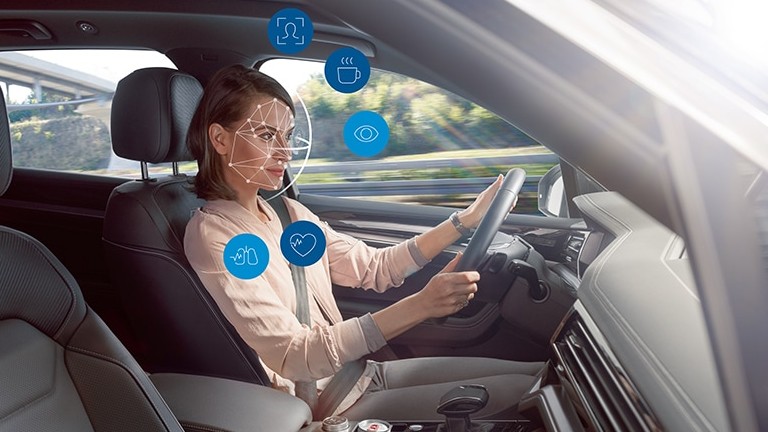
Picture: Future Bridge
This safety system tracks a range of driving behaviors and sensory inputs to see if you’re paying attention to the road, if you’re distracted by something inside or outside the vehicle, or if you’re about to fall asleep. The system will then issue a warning to refocus your attention and may suggest that you take a break. To gain your attention, the latest variants of this safety system may temporarily use the brakes or gently shift the steering wheel back and forth.
6. Dashcam
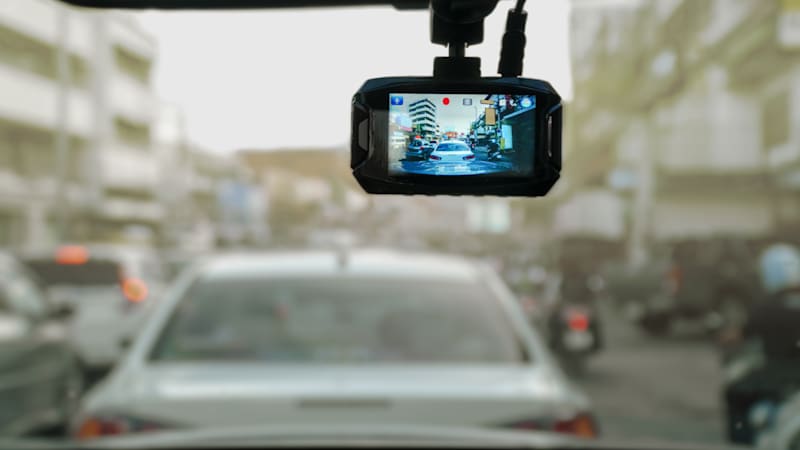
Picture: Auto Blog
A dashcam is a small camera that is put on your car’s dashboard or windscreen and faces the road. A rear dash cam is also an option. When you start the car, it turns on and records your whole journey. The front view, front and back view and cabin view are the three varieties of dash cams. They’re a good method to see how we and others drive, and they’re also helpful in determining who was at fault in a car accident. A dashcam can also serve as a GPS tracker, allowing emergency personnel to locate you if you break down.
Apart from vehicles that come equipped with technologies and features that promote safety, there are other basic safety features to consider as well. Some of it is:
- Airbags-In the event of a collision, a car’s airbags will inflate, protecting the driver and passengers from common contact sites such as the steering wheel, dash, and vehicle sides.
- Anti-lock brakes- When you hit the brakes hard, antilock brakes prevent the wheels from locking up. On a slick road, locked wheels might force the automobile to spin out, making steering difficult.
- Seatbelts- Seatbelts are reported to have saved numerous lives in car accidents, which is why it is critical to get this safety element checked in your vehicle.
- Electronic stability control- Electronic stability control, which employs sensors to prevent sliding or skidding, is standard on automobiles made after 2012. Wheel speed, sideways motion, steering angle, and rotation are all detected by these sensors.
- Adaptive headlights- After the sun sets, headlights boost visibility, and adaptive headlights go even further. These systems make use of sensors that track the car’s height to better illuminate the road while decreasing glare for oncoming vehicles. It increases visibility and makes your car easier to see for other drivers.
The significance of car safety measures cannot be emphasized. Driving will continue to become safer as technology advances. We can all look forward to the day when these essential safety measures are standard on all makes and models of vehicles.
Sources: Fix Auto, The AA, Call Jacob, RACQ















